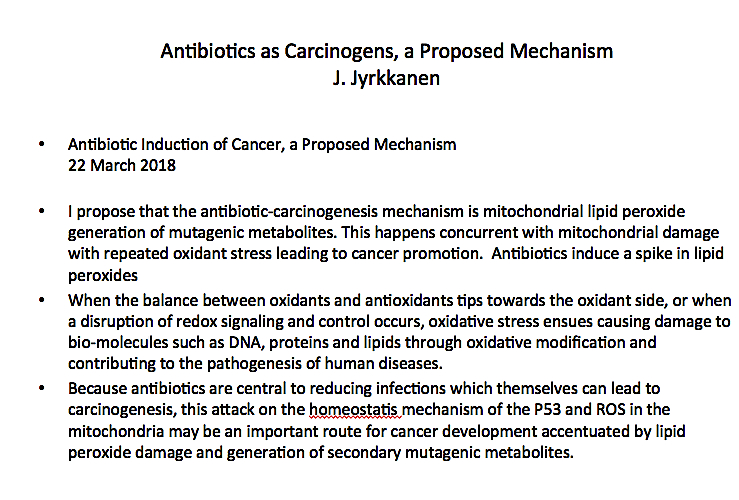Are mRNA jabs a risk factor?
SITREP
Abstract
Atrial fibrillation (AF) is a common cardiac arrhythmia that is associated with severe consequences, including symptoms, hemodynamic instability, increased cardiovascular mortality, and stroke. While other arrhythmias such as torsades de pointes and sinus bradycardia are more typically thought of as drug-induced, AF may also be precipitated by drug therapy, although ascribing causality to drug-associated AF is more difficult than with other drug-induced arrhythmias. Drug-induced AF is more likely to occur in patients with risk factors and comorbidities that commonly coexist with AF, such as advanced age, alcohol consumption, family history of AF, hypertension, thyroid dysfunction, sleep apnea, and heart disease. New-onset AF has been associated with cardiovascular drugs such as adenosine, dobutamine, and milrinone. In addition, medications such as corticosteroids, ondansetron, and antineoplastic agents such as paclitaxel, mitoxantrone, and anthracyclines have been reported to induce AF. Whether bisphosphonate drugs are associated with new onset AF remains controversial and requires further study. The potential contribution of specific drug therapy should be considered when patients present with new onset AF.
Abstract
Cancer therapy has made major progress in the past several decades, but treatments are often accompanied by significant side effects. Arrhythmias are a widespread complication of some antineoplastic drugs, with atrial fibrillation (AF) being the most often encountered drug-associated arrhythmia. Preexisting AF risk factors are commonly present in cancer patients who develop drug-associated AF, and active cancer itself may cause or promote AF. Although anticancer drugs may induce AF in cancer patients without AF risk factors, it appears that most drug-associated AF develop when cancer drugs add or aggravate precancer-existing and/or cancer-related pro-AF factors/alterations, additively or synergistically producing AF. Abnormalities in intracellular calcium activity seem to be involved in the generation of anticancer drug-induced AF. In cancer survivors with cancer therapy-induced cardiomyopathy, AF often occurs, with most of the arrhythmias likely to develop secondary to the cardiomyopathy. AF may lead to modification or even cessation of cancer therapy. The management of AF in patients with cancer is currently conducted largely based on pragmatic assumptions. This review briefly discusses AF caused by anticancer drugs and the underlying mechanisms.

Abstract
Oxidative stress has been suggested to play a role in the pathogenesis of atrial fibrillation (AF). Indeed, the prevalence of AF increases with age as does oxidative stress. However, the mechanisms linking redox state to AF are not well understood. In this study we identify a link between oxidative stress and aberrant intracellular Ca(2+) release via the type 2 ryanodine receptor (RyR2) that promotes AF. We show that RyR2 are oxidized in the atria of patients with chronic AF compared with individuals in sinus rhythm. To dissect the molecular mechanism linking RyR2 oxidation to AF we used two murine models harboring RyR2 mutations that cause intracellular Ca(2+) leak. Mice with intracellular Ca(2+) leak exhibited increased atrial RyR2 oxidation, mitochondrial dysfunction, reactive oxygen species (ROS) production and AF susceptibility. Both genetic inhibition of mitochondrial ROS production and pharmacological treatment of RyR2 leakage prevented AF. Collectively, our results indicate that alterations of RyR2 and mitochondrial ROS generation form a vicious cycle in the development of AF. Targeting this previously unrecognized mechanism could be useful in developing effective interventions to prevent and treat AF.
Moreover, accumulating evidence suggests that oxidative stress coupled with the cytokine storm contribute to COVID-19 pathogenesis and immunopathogenesis by causing endotheliitis and endothelial cell dysfunction and by activating the blood clotting cascade that results in blood coagulation and microvascular thrombosis
Alam MS, Czajkowsky DM. SARS-CoV-2 infection and oxidative stress: Pathophysiological insight into thrombosis and therapeutic opportunities. Cytokine Growth Factor Rev. 2022 Feb;63:44-57. doi: 10.1016/j.cytogfr.2021.11.001. Epub 2021 Nov 15. PMID: 34836751; PMCID: PMC8591899.
Uversky VN, Redwan EM, Makis W, Rubio-Casillas A. IgG4 Antibodies Induced by Repeated Vaccination May Generate Immune Tolerance to the SARS-CoV-2 Spike Protein. Vaccines (Basel). 2023 May 17;11(5):991. doi: 10.3390/vaccines11050991. PMID: 37243095; PMCID: PMC10222767.

https://twitter.com/i/status/1674789371810312195
What leaps out at me is the link between oxidative stress and atrial fibrillation. It has been of found that damage to mitochondria can be caused by spike and this can induce oxidative stress ergo potentially AFib. Repeated vaccination may induce autoimmune mycarditis. The inflammatory cascade induces fibrotic changes in the myocardium, an arrhythmogenic process that stimulates further inflammation. I have seen slides of mitochondrial damage induced by spike protein. Mitochondrial damage has been linked to heart disease and immune dysfunction.
SYNOPSIS

